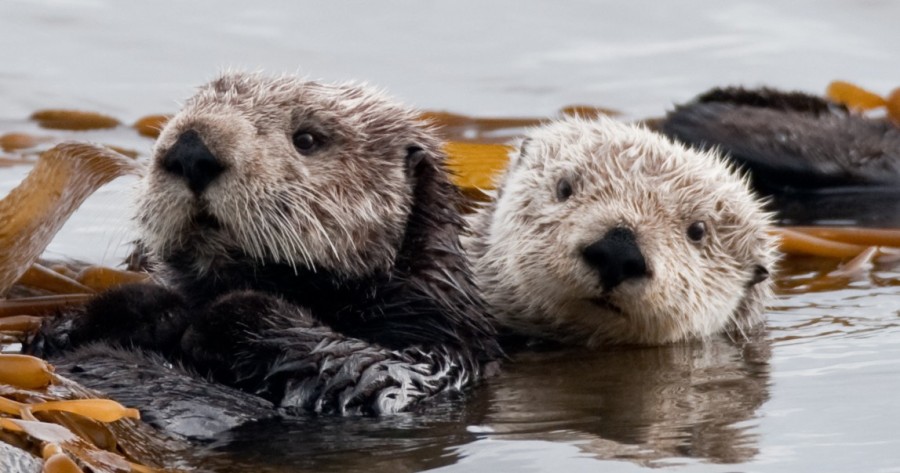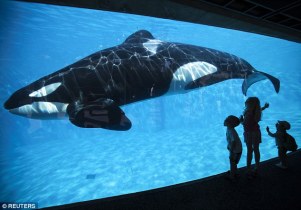Like all other body systems, a kitten is born with a fully functional respiratory system once the first breaths are taken. The system consists of the nasal passages, the back of the mouth (nasopharynx), the voice box (larynx), the windpipe (trachea), the lower airway passages, and the lungs. Without the organs and respiratory pathways, life would not be possible.
Continue reading “Take A Breath: A Look Into the Feline Respiratory System”






 In 2013, the documentary “Blackfish” casted SeaWorld in harsh light for raising captured young orcas in dark, cramped conditions. It also recounted the 2010 death of veteran SeaWorld trainer Dawn Brancheau by a killer whale named Tilikum. Since then, stock and attendance fell at the world’s largest marine park: SeaWorld.
In 2013, the documentary “Blackfish” casted SeaWorld in harsh light for raising captured young orcas in dark, cramped conditions. It also recounted the 2010 death of veteran SeaWorld trainer Dawn Brancheau by a killer whale named Tilikum. Since then, stock and attendance fell at the world’s largest marine park: SeaWorld.

